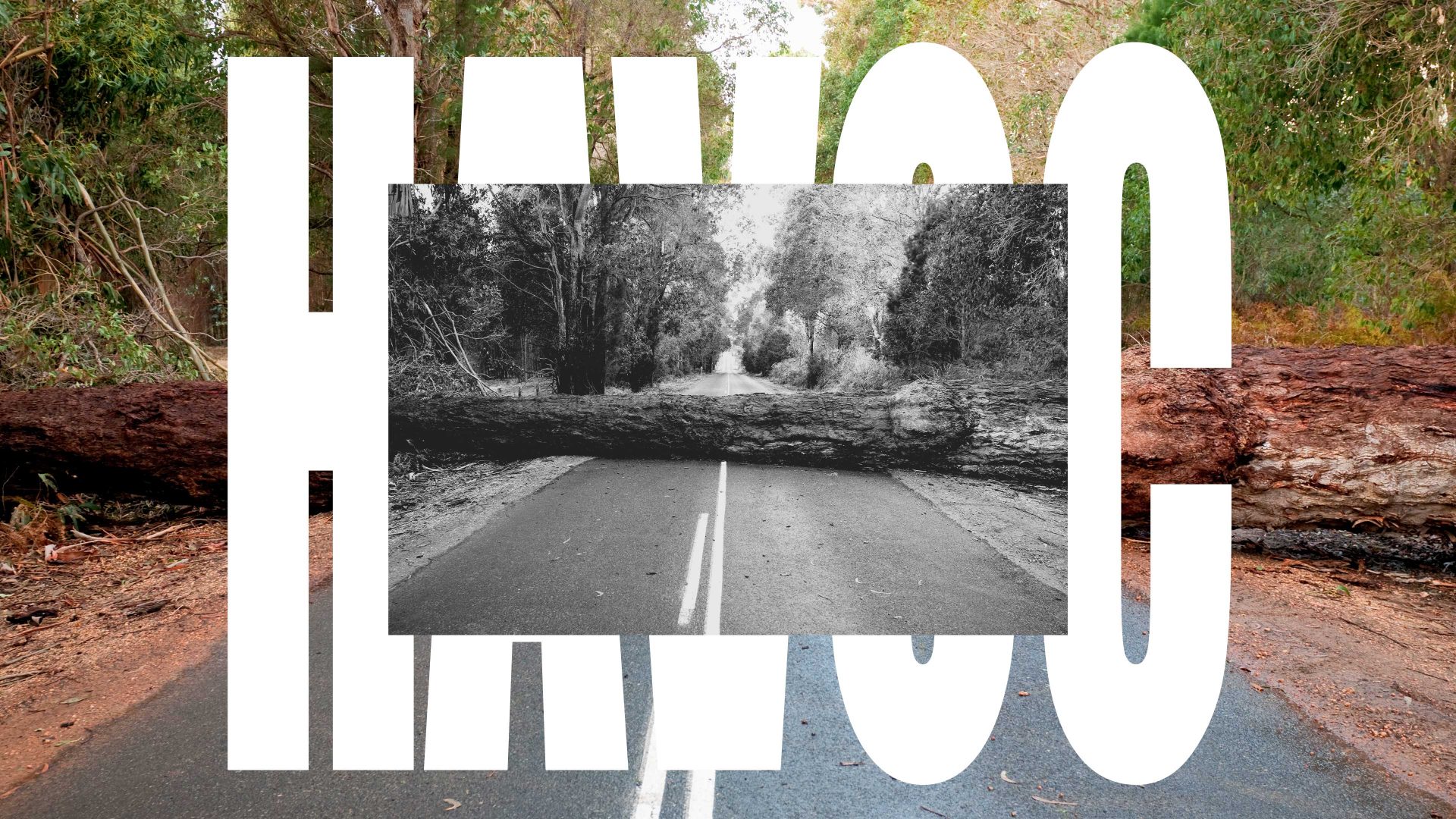Over this winter, we have often heard that the weather has been “wreaking havoc” on our transport systems here on the islands of Britain and Ireland, as a result of snowdrifts at airports, rough seas produced by gale-force winds, frozen points on the railways, and fallen trees blocking roads.
But how good an understanding do we have of exactly what “to wreak havoc” means? Even the experts, it turns out, are not totally sure.
The word havoc, which first appeared in English in the early 1400s, basically signifies “devastation or destruction”. It was first used, it seems, in the expression cry havoc, which meant to give a signal to soldiers to start pillaging.
It originally came from the Old French word havot “looting”, which is probably related to haver “to seize, grasp”, although it is likely to have been derived from a Germanic source. And it is not clear even to the experts exactly how havot became havoc.
Over the long course of the history of the English language, there have also been doubts and confusion among writers and speakers of our language about the verb wreak. What does it mean exactly? And what is the correct past-tense form – is it wreaked or wrought?
Dictionaries seem agreed that wreak means “to cause”, but especially in connection with large amounts of harm, as in “torrential rainstorms wreaked considerable damage”. Wreak can also more specifically mean “to inflict vengeance on” or to “avenge someone who has been wronged”.
Over the centuries, wreak has very frequently been employed in conjunction with havoc: to wreak havoc is a common collocation or pairing of words. And it is this particular combination which seems to have helped bring about the confusion concerning wreaked versus wrought.
Historically speaking, the past tense of wreak was always wreaked, whereas the word wrought was originally the past-tense form of work, only relatively recently becoming regularised to worked. (We saw in this column that regularisation of irregular forms such as holp to helped is a common event in language change.)
And we can note that the related noun wright means “a worker who makes or builds something”, as in a wheelwright, shipwright, and even playwright.
The original meaning of overwrought was “overworked”, though the Oxford English Dictionary now says that the meaning has been extended to “exhausted by overwork, worked to excess; overexcited, nervous, distraught”.
Wrought or wrocht is still the past-tense form of work in Scots. I recall an Ayrshire Scots speaker in the late 1960s showing a group of us how he had taken a piece of wood and a knife, and had then “wrocht it and wrocht it and wrocht it”.
Here we can see a clear connection to the form wrought as in the familiar phrase “wrought iron”, where wrought does indeed mean “worked”, but in the particular sense of “having been worked into the shape of, formed, moulded”.
Then, because to wreak havoc on and to work havoc on both existed as common idioms, speakers gradually misconstrued the phrase “wrought havoc” as being the past tense of “wreak havoc” rather than of “work havoc”. And so “wrought havoc” gradually became established as a fixed idiom, more or less ousting “worked havoc” in the usage of many speakers.
COLLOCATION
Collocation is a technical term from linguistics which refers to the habitual juxtaposition or association of one particular word with another. Well-known examples from the pre-refrigeration age were addled eggs and rancid butter. Addled and rancid both mean “gone off”, but particularly in connection with eggs and butter respectively.




